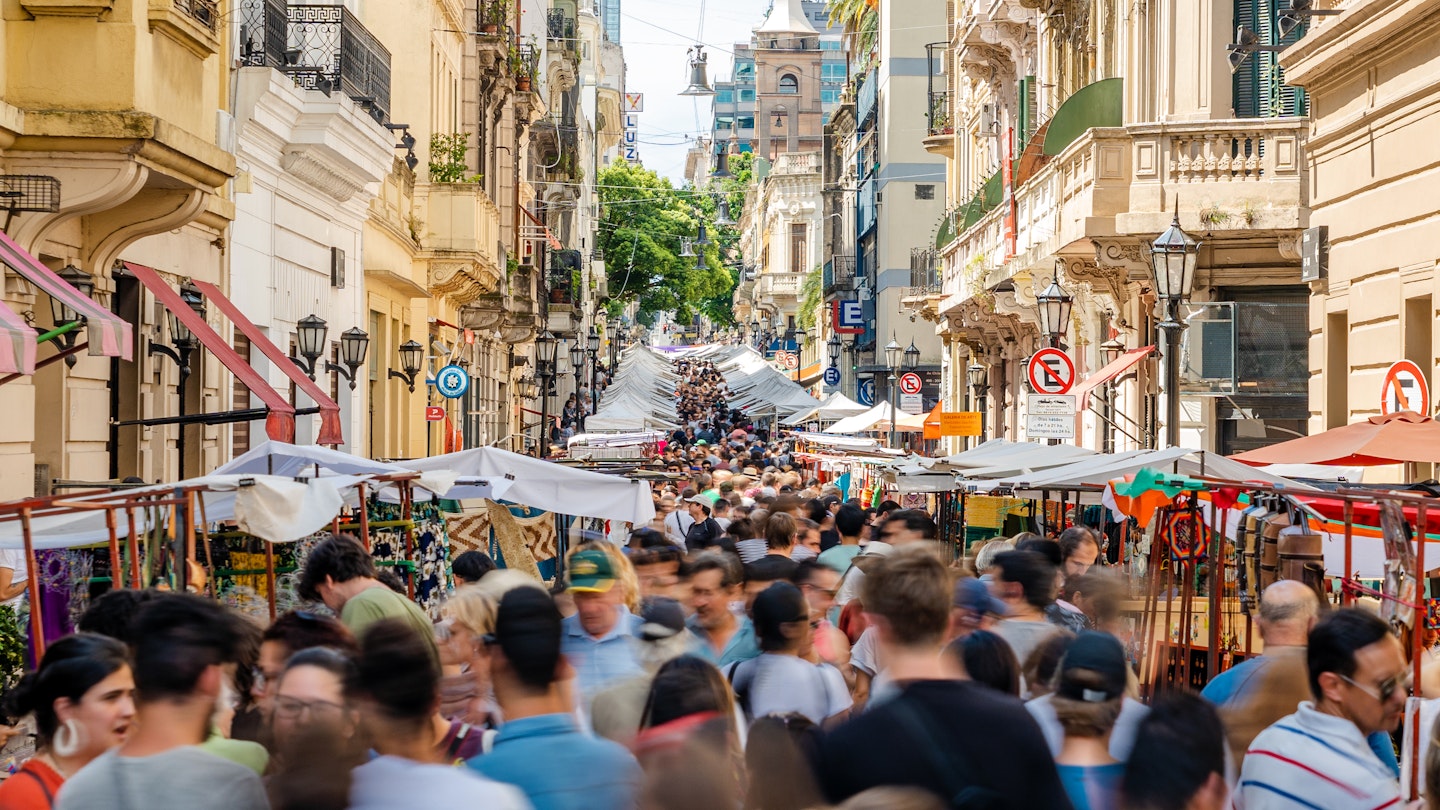Best Times to Visit Buenos Aires
The magic of Buenos Aires lasts all year long. This vibrant city offers an array of experiences, from tango shows to delectable dining, across every month you choose to explore. With numerous cultural events and festivals occurring almost monthly, it’s crucial to understand when to visit. It’s worth noting that the seasons are reversed in Argentina compared to the northern hemisphere: summer runs from December to March, while winter spans June to September.
Determining the ideal time to visit Buenos Aires depends on your preferences. Whether you favor the sticky heat of summer, the cooler temperatures of winter, or the delightful spring and fall, the city has something to offer year-round. Events range from lively tango competitions to rock concerts and exciting gaucho culture celebrations.
Bear in mind that the city can get quite busy around the Christmas and New Year holidays, coinciding with school vacations and peak summer warmth. To capture the essence of the seasons, consider listening to Ástor Piazzolla’s Estaciones Porteñas, a tango series celebrating the seasons, as you read through the best times to visit Buenos Aires.
December to February: The Best Time for Sunseekers
The summer months in Buenos Aires are marked by hot and humid weather, with daytime temperatures averaging around 30°C (86°F). The summer humidity often amplifies the heat, making hot stretches frequently relief with spectacular thunderstorms and sporadic rainfall.
This period is the peak season for tourists, especially around Christmas and New Year when hotel prices skyrocket. If budget permits, opt for accommodations with a pool to refresh after a day of exploring. For locals, summer signifies ice cream, cold beers, and delicious asados (barbecues), with the enticing aroma of grilled meats wafting through the streets.
January coincides with summer holidays in Buenos Aires, during which many locals escape the heat for beach vacations. However, as locals leave, tourists flock in, so it’s advisable to book flights and hosts in advance.
As February approaches, the city gears up for the Carnaval Porteño, featuring exhilarating parades each weekend, leading to the grand carnival holiday at the month’s end. Expect vibrant performances of murga, characterized by energetic music and dancing, but be ready for spontaneous water bomb attacks by laughing children!
March to May and September to November: Ideal for Sightseeing
The fall months of March to May and the spring months of September to November are particularly pleasant times to explore Buenos Aires. During these months, temperatures hover around 22°C (72°F), offering a comforting blend of sunny and rainy days, perfect for ducking into the city’s charming bars and cafes.
The mild weather makes spring and fall wonderful for taking in the city’s iconic experiences without the bustling summer crowds. Explore the revamped docks and stunning wetland nature trails at Puerto Madero. Attend operas, ballets or concerts at the renowned Teatro Colón, and appreciate the impressive artworks at the Museo Nacional de Bellas Artes along with other museums. Don’t forget to visit the historical and grand tombs at the Cementerio de la Recoleta.
This period showcases the cultural vibrance of Buenos Aires during events like the Festival Internacional de Buenos Aires (FIBA), which brings theater, dance, music and visual arts to life throughout late February and into March. Music enthusiasts should also note the Lollapalooza music festival in March, featuring numerous exciting performances.
In terms of accommodations, April through June often sees the lowest occupancy rates, presenting an excellent opportunity for discounted stays. Moreover, cinephiles will want to mark their calendars for the Argentine independent film festival, BAFICI, at the end of April. May brings the celebration of Argentina’s revolutionary annivesary, where porteños gather to enjoy hearty bowls of locro, a traditional corn stew.
June to August: Great for Dancing and Discounts
Winters in Buenos Aires can be overcast and cool, with average highs around 16°C (61°F) and lows approximately 8°C (46°F). Although rain is a possibility year-round, winter weather is often dry, making sunny winter days a perfect time to engage with the city without the usual crowds at various landmarks. With fewer visitors, travelers can take advantage of lower airfare and hotel rates, particularly since there is a slight uptick in visitor counts during July and August, due to the northern hemisphere’s summer holidays.
In July, one can experience a unique showcase of the countryside right in the city at the Exposición Rural, a ten-day agriculture and livestock exhibition held in the upscale district of Palermo, featuring gaucho horseback-riding skills among other activities. The national pride shines bright on July 9 during the celebration of Independence Day.
August is a vibrant month, with significant events like the ArteBA arts festival and the lively Tango BA Festival y Mundial (Tango Buenos Aires Festival and World Cup) drawing participants and spectators from around the globe. This festival includes competitive tango performances and enthusiastic displays by talented tango orchestras and instructive milongas (tango dance parties).





